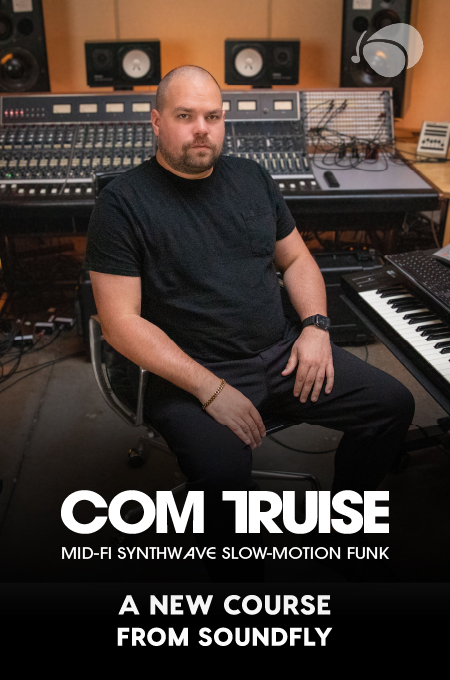Why do you need to know about cadences? (Why does anybody need to know about anything?) Well, that’s simple: because cadences can make YOUR music sound BETTER!
In fact, cadences are responsible for musical passages sounding more “complete” — or resolved, like we’ve finally returned back home — or they can help the end of a passage lead curiously into the next.
The farther away from home we travel, the better it feels to loop on back around for a kiss from mum. And so the farther away you venture from the tonic in an extended musical cycle, the more you wander away and explore, the more options you have to creatively tumble back into the safety net of your tonal center. Hence, here are a handful of the most popular types of cadences to incorporate into your music, like, now.
Today’s video — courtesy of Soundfly’s YouTube channel — will help you gain a better understanding of what cadences are, how they work, what different types exist, and how to use them to make your music sound oh so much better.
Read on below for more on some of the different forms of cadences we covered and if you liked this video, please subscribe to our YouTube channel for more of these as soon as they come out!
+ Learn how to marry theory, improvisation, and beat making to become a better pianist and producer, with Grammy-winner Kiefer’s Keys, Chords, & Beats.

The Authentic Cadence
The Authentic Cadence is what you hear in your head when you think of Beethoven ending a musical passage and returning back to the tonic. And in fact, it’s just that. Here, you’ll go from the dominant chord (V) to the root chord (I).
In a Perfect Authentic Cadence, the chords are in root position (with the root notes in the bass), and the tonic is the highest voice in the final chord. An Imperfect Authentic Cadence can take a few forms but generally means that the leading chord is inverted, or built from a minor 7th chord, or that the highest voice in the final (I) chord is not the tonic.
The Half Cadence
The Half Cadence is more like asking a great question, then hammering someone over the head with an answer. This would be any cadence ending on the V; whether its preceded by a II (V of V), ii, vi, IV, or I chord — or, really any other chord.
It tends to sound weak and incomplete, but that can be a good thing depending on where your piece goes from there.
The Deceptive Cadence
Cadences are generally known as “interrupted,” “false,” or “deceptive” when the leading dominant chord is not followed by the expected tonic, but by another one, often the submediant. Some of the most common Deceptive Cadences are: V7 to vi (or V7to ♭VI) in major, or V7 to VI in minor.
It kind of leaves you hanging on, or suspended, without that grand resolution. Frankly, it’s kind of cool and jazzy, and always fun to subvert expectations.
The Plagal Cadence
And lastly but not Last Supper-ly, um… The Plagal Cadence goes from a IV to I chord. It is also known as the “Amen cadence” because of its frequent setting to the text “Amen” in hymns.
There’s some knowledge you didn’t know you needed!
Improve your music with creativity & curiosity on Soundfly.
Subscribe to our YouTube channel for weekly videos, or join Soundfly’s all-access membership to all of our artist-led online music courses, an invite to join our Discord community forum, exclusive discount perks from partner brands, access to artist Q&As and workshops, and more.



